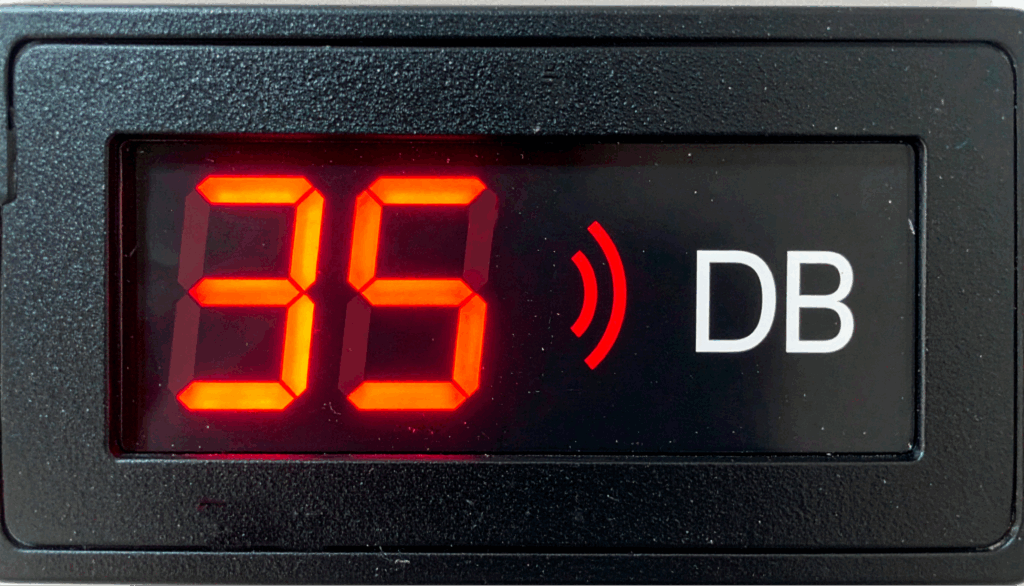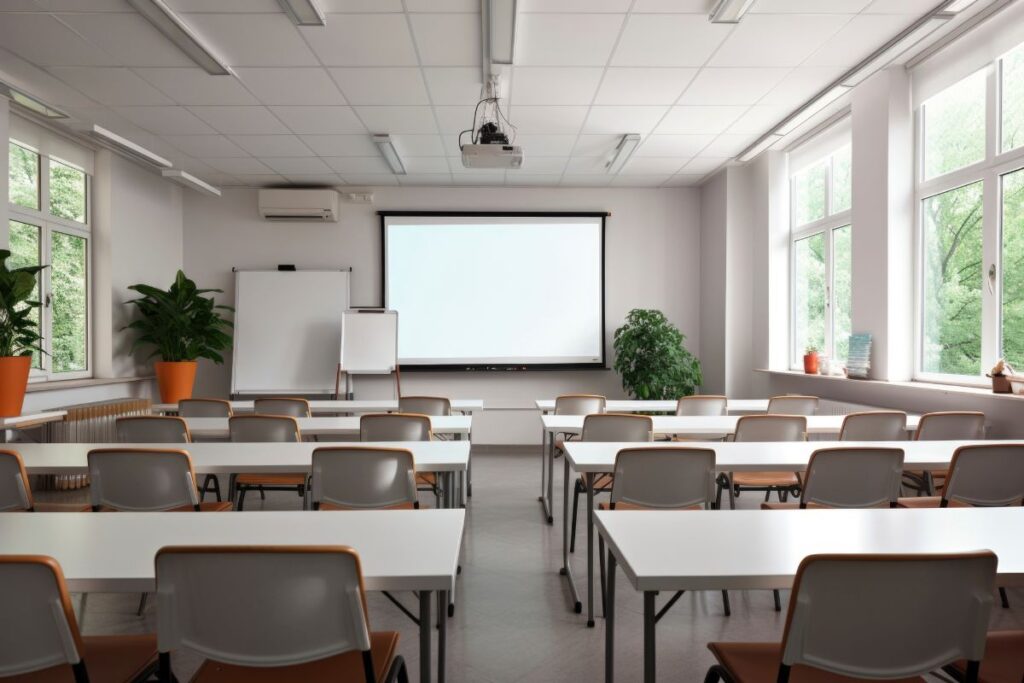The procedures to improve acoustics in different types of spaces, such as training rooms, meeting rooms, call centers, offices, etc., are quite similar. However, this time we will focus on training rooms, given the importance that good acoustics have in educational centers, as it directly affects learning and, of course, students’ academic performance.
First, we invite you to understand the importance of good acoustics with Julian Treasure, by comparing what happens in a classroom with a reverberation time of 1.2 seconds (quite common without acoustic treatment) and the evident improvement when the reverberation time is reduced to 0.4 seconds.
The importance of noise control in a room
In a meeting room, the use of good sound-absorbing materials will improve intelligibility and make the space more acoustically comfortable. However, as shown in the video, the importance of controlling excessive noise in a classroom goes beyond learning itself. It is one of the key factors in preventing voice strain in teachers and reducing stress for both students and teachers.
Recommendations for improving classroom acoustics
- Acoustic study: A small acoustic study can help determine the amount and placement of sound-absorbing panels, allowing the reverberation time to be reduced to 0.4 seconds.
- Where to install acoustic treatments: Ideally, acoustic treatments should be evenly distributed across the four walls and the ceiling of the classroom. If distributing the acoustic treatment across the walls is not feasible, the focus should be on the ceiling to control noise pollution.
- Amount of acoustic treatment: Ideally, the total amount of sound-absorbing material should match the classroom’s floor area. However, it is more effective if the panels are suspended from the ceiling rather than directly attached.
- Thickness of acoustic panels: Between 5 and 10 cm.
- Positioning of acoustic panels: To minimize interference with classroom lighting—another crucial factor—we recommend installing the panels in the form of acoustic baffles, 30–40 cm high by 60, 100, or 120 cm long, and 5 cm thick, placed perpendicular to the ceiling, like flags.
Installing a noise traffic light in the classroom
Although a classroom is neither a library nor a waiting room, installing a noise traffic light will help students and teachers visualize the importance of reducing noise pollution, even when the classroom is acoustically treated.
It is a low-cost solution that can be installed by the school’s maintenance staff.

Additional actions to reduce noise pollution in classrooms
- Curtains: Using thick curtains with twice the pleats typically required for the windows will help control excess reverberation in the room.
- Coats: Placing coat hangers outside closets or hanging coats on the backs of chairs can also improve the room’s acoustic absorption.
- Materials: Sound-absorbing materials that meet fire safety standards include melamine resin (e.g., Basotect). Another excellent option is Stratocell Whisper in white.
Feel free to contact us to conduct a study aimed at improving the acoustics in your school’s classrooms.



